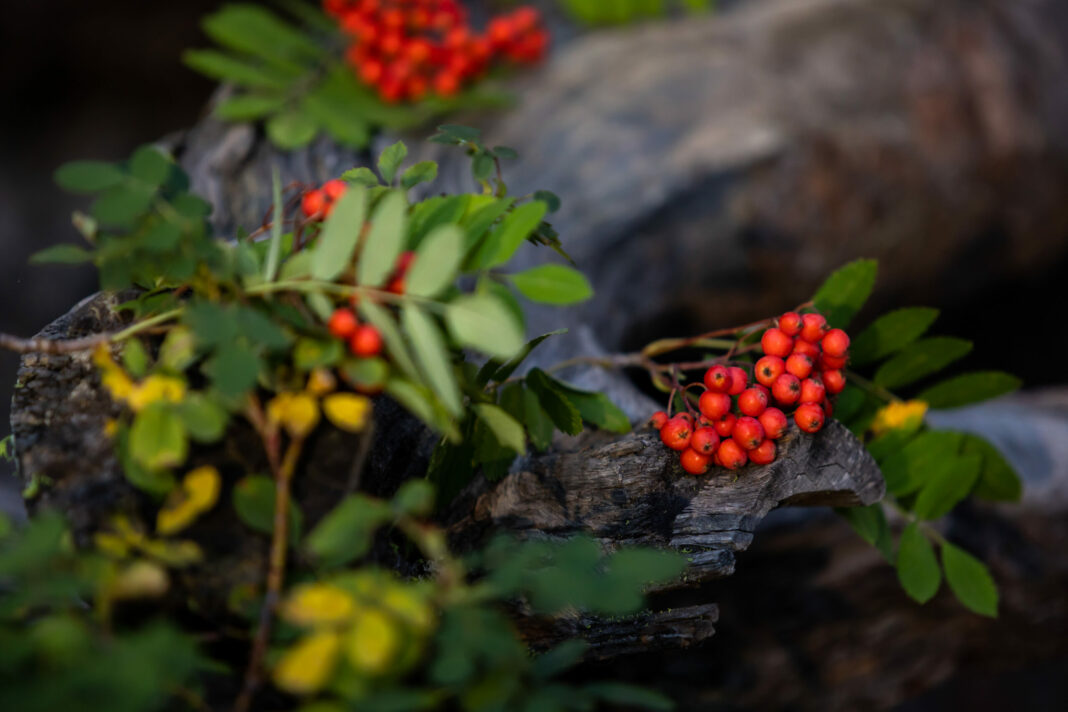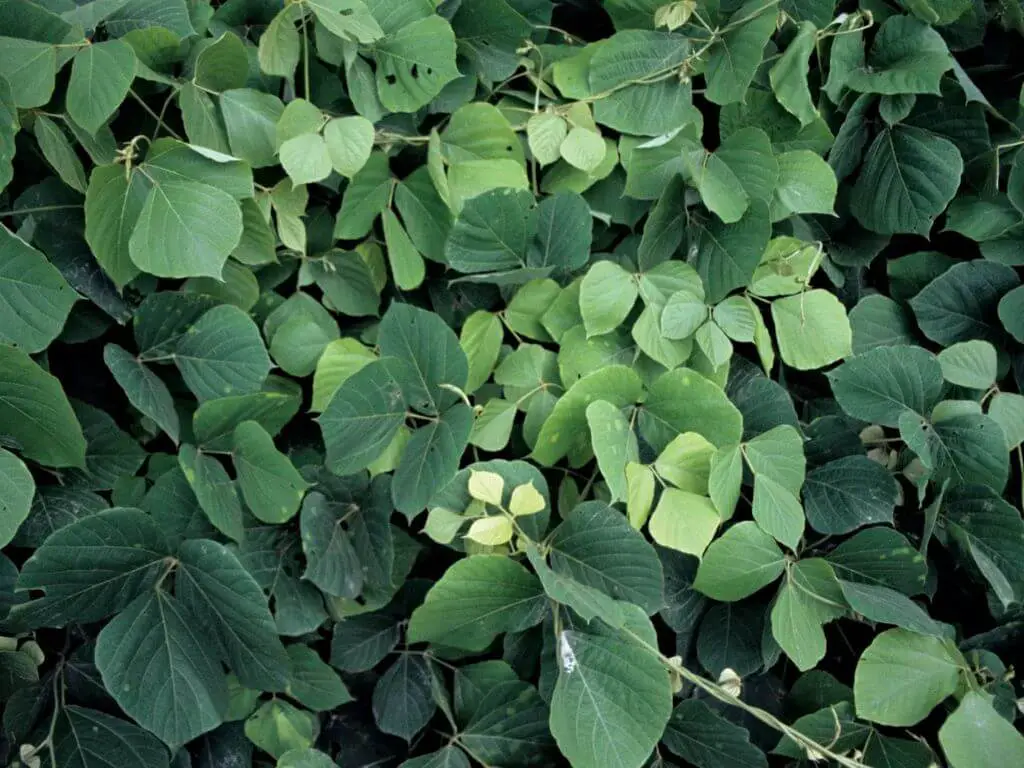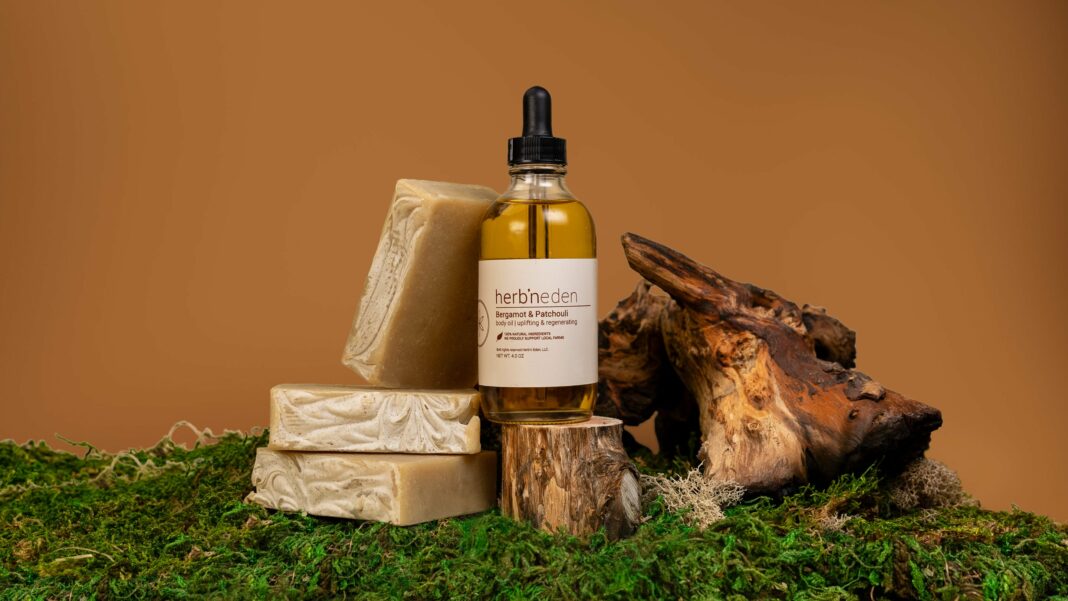The Energetics of Fall: Foods, Herbs and Lifestyle Habits to Support You During the Fall Season
Leaves fall to the ground in streaks of burnt orange and the hillsides are painted in golden hues. We are well into fall here in the Northwest. As you take your evening walks, you hear the crunch of dead leaves and feel a cool breeze shudder down the back of your neck. Welcome to the energetics of Fall, a time when we are contracting and storing up reserves for the cold and frozen times ahead.
Fall!: time to bundle up and take care! As a plant-minded person, we’re sure you’re aware of how the energy in the natural world shifts with each season. Have you been so busy you’ve lost touch with the rhythms of the season? Lost touch with the phases of the moon, or even what day it is? We’re here to help you explore why it’s so important to live in tune with the season. S…let’s get into it!
Aligning your lifestyle choices with the seasons is an ancient practice that is still very much alive today. Traditional Chinese Medicine (TCM) has historically recognized its importance, and thus built an entire energetic system on the principles of living in sync with the natural cycles that surround us.
Even today, especially living in Montana in North America, we still hold the belief that doing so will help you to attain optimal health and harness the full power of herbal healing. Here’s how it works: each season has energetic patterns both subtle and obvious. The most obvious being-temperature. Summers are hot, winters are cold, etc. Even climates that are mostly cold or mostly hot experience seasonal differences. Your body needs different care to meet the different challenges of the season.
Fall can be especially challenging for the body to adjust to. Moving from the warm summer months to cooler fall days isn’t quite as seamless as the transition from cold and dark winter, to the sunshine of spring. Our bodies deserve extra care through this more harsh seasonal shift. It is very typical to easily “catch a chill” in the fall when our bodies are not used to the chilly weather. Lack of sunshine, less fresh foods with an increase in root veggies and storage crops and less exercise all serve to dampen our metabolic fires.
TCM wisdom acknowledges that the cooler season and shortening days lend themselves to a shift in our body’s energy. In an attempt to keep the whole body warm, heat is drawn from the core out towards the surface 1. This means that it is especially important to prioritize foods, herbs, and practices that stoke our inner fire. We need to take it easy on our digestive fires in order to have that energy go towards our new important task of keeping us warm!
Fall is also the season of Metal & the Lungs/Large Intestine according to TCM. As you will see, many of the herbs that help our body adapt to Fall are helpful for the lungs!
Foods
Fall is the time to transition into eating warm, cooked food. It’s time to lessen your consumption of icy or cold drinks, along with foods that are energetically dampening and cooling. Think about it like this: if you’re eating something you just got out of the fridge: milk, yogurt, salad: your body has to bring that food to body temp-a difference of 60 some degrees. All this work, just to get that food up to temp! Now the digestive process can occur. This is why soups and cooked veggies put less of a burden on your digestive system: they are warm & any dietary fibers have already been broken down.
Do Eat/Drink: cooked foods, roasted foods, warm drinks, squash, rice, barley, foods high in protein and warming spices.
Limit: empty carbs (like pasta, baked goods, etc.), greasy/fried foods, raw food, cold food, and cold beverages. If it came out of the fridge: it is cold. Instead of opting for raw fruit, consider cooking seasonal fruits like apples with cinnamon, cardamom, and ginger. Pumpkin spice gets a bad wrap as being cliche, but it is actually a seasonally responsive and intuitive addition to fall cuisine!
Check out our soup recipe to nourish your inner fire!
Herbs
Herbs are essential allies during seasonal shifts. As we mentioned above, warming spices like cinnamon, ginger, garlic and black pepper make an appearance in fall foods for a good reason. These herbs are warming and moving: this warming quality ignites inner heat, which helps your body adapt to the changing season. Adding the above spices to your cooking and incorporating some of them into tea blends is a great way to do this.
Fall is also a time when respiratory issues can easily pop up. Again, we see the correlation between the season of the Lungs & Large Intestine. The Lungs are also the organ expressing grief: how fitting that as the natural world dies away, we enter the season of Grief. This parallel is also expressed through the traditional holiday of Fall: Samhain & Halloween.
Fall is a great time to consider general immune support, such as Astragulus. If you tend to get the lung funk in the Fall, see some of the lung specific herbs below to learn the how’s and why of when they are appropriate to use.
AstragalusAstragalus spp.
Energetics: warm, sweet
Historical Use: Astragalus has been a prized medicinal herb in TCM. Its use has been recorded up to 2,000 years ago. In this line of practice, it is considered a Qi tonic helping to build energy and stamina, and has also been employed in when dealing with illness1.
Western Therapeutics: Though its roots are in TCM, astragalus has easily become a top choice for immune support in western herbalism. Like medicinal mushrooms, astragalus root is high in polysaccharides which offer healthy practice for the immune system. In addition to immune support, this plant offers adaptogenic, diuretic, antiviral, and cardiotonic2 qualities. Since this herb is both antiviral, and immuno-modulating, it offers multiple avenues of support–strengthening the immune system while also limiting viral action1. Astragalus has been used to fight chronic infection, and can also offer support when dealing with auto-immune disease. This herb is moving and nourishing, and also offers liver, kidney, andcardio support2.
Contraindications: TCM practices advise to stop use if sick1. Seek professional guidance when using with auto-immune diseases1.
MarshmallowAlthaea officinalis
Energetics: cool, sweet, slightly bitter
Historical Use: If you’re wondering if this herb has anything to do with your favorite campfire treat……you’ve definitely sniffed out some truth. Marshmallow root can be used to make a thick syrup which has been known to soothe coughs. Being such a gentle/safe herb, it was often given to children. But if you’ve learned anything from the magical Mary Poppins, you know that a little sugar helps the medicine go down! French confectioners incorporated the syrup into a soft & soothing delight for children, called pâté de guimauve3–what we know as marshmallows. Today, conventional marshmallow treats don’t contain any marshmallow plants……too bad!
Ayurvedic healing traditions use this plant as a vitality tonic by boiling it in milk with a little ginger. Drinking this concoction daily is thought to increase overall quality of life & longevity1.
Western Therapeutics: Marshmallow can be used as a poultice in soothing skin irritations and wounds. It has cooling, soothing properties that support damaged tissues–especially in the respiratory, digestive, and urinary tracts. This herb has demulcent properties. When combined with water, it turns into a mucus-like consistency which mimics the body’s natural protective barrier4. It can soothe damaged tissue and inflammation in the mouth, throat, lungs, stomach, and urinary tract. This herb protects against dryness and irritation by supporting your body organs with alleviating lubrication.
Marshmallow is especially useful in cases where illness presents as a dry cough with lung irritation. It’s great for the times when you’re experiencing an inflammatory cough—I’m sure you’ve been there. These are the times when you’re coughing, and coughing, with no real relief. Your respiratory tract may feel dry, hot, irritated, with lung spasms.
Contraindications: Due to its effective demulcent properties, high doses can interfere with absorption of pharmaceuticals if taken at the same time4.
MulleinVerbascum thapsus
Energetics: cool, bitter, astringent
Historical Use: Greek physician Dioscorides documented this plant roughly 2,000 years ago, indicating its usefulness in treating lung ailments5. Mullein has also been used traditionally in folk remedies for coughs, pneumonia, tuberculosis, asthma, sinus ailments, bowel discomfort, and earaches6.
Western Therapeutics: Mullein is helpful for thinning mucus and offering relief from coughs. It best supports dry coughs with whooping, asthma, spasmodic coughing, and hoarseness. Mullein not only soothes and cools irritation in the respiratory tract, but also supports the lymphatic system, helping to calm glandular swelling, irritation, and congestion1.
It can be used as a soothing poultice for external discomforts such as hemorrhoids and toothaches1. It is incredibly useful for common, acute lung infections, since it supports the integrity of lung tissue. It can also be helpful for those who suffer from COPD4.
Contraindications: the small hairs that grow on the leaves can be irritating for some.
ElecampaneInula helenium
Energetics: warm spicy, sweet, bitter
Historical Use: In Ayurvedic tradition, Elecampane is used to clear phlegm from the lungs during acute illness, but is also used as a restorative lung tonic for those who need chronic support. It is thought to support healthy lung tissue and fill the lungs with warmth & vitality1.
Western Therapeutics: Elecampane’s warming nature does in fact get fluids moving. In this way, it can work to dissolve mucus and calm coughs. It is best for treating wet conditions where lungs feel full of phlegm but cannot produce an effective cough.
Elecampane root has balsam-y aromatic properties which stimulate healthy lung function by causing a very mild irritation. The lungs react in an attempt to expel the essential oils, and in doing so, the essential oils move through the lungs and disperse their disinfectant properties4.
This is especially helpful for viral, fungal, and bacterial infections. Elecampane root is rich in the prebiotic fiber, inulin. The flowers contain quercetin, which further supports upper respiratory health4.
Contraindications: Because of its effective drying properties, high doses can be too strong for some. Best used in modest doses. Do not use it during pregnancy.
If you want to incorporate some of these herbs into your life this fall, check out this Respiratory Support Tea Blend recipe.
Lifestyle
We have several lifestyle suggestions for you during the cozy fall season. They aren’t anything too novel and perhaps they are already part of your everyday fall life. But since our fast-paced world doesn’t give us much time to reflect, we hope you take the time to understand just why these practices are so important.
1) Embrace Slowness
Yes, fall cools down, but it really is a lovely season. In the midst of warm, golden days, it can be easy to forget that cool and dark nights are slowly taking up more space. Many folks continue on in fall as if summer still exists. You’ve got to fit in all of the outdoor splendor before winter hits, right? There is certainly a frantic feeling in the air as you watch the squirrels scurry to stash those nuts and as youscurry to put away those garden veggies. It’s true-there is a time crunch, BUT… don’t forget to rest & enjoy the last bits of nice weather because darkness lies ahead. (winter is coming!)
2) Layer Clothing
Fall isn’t all cool weather. There are plenty of warm, sunny days with the occasional cool breeze. Nights do bring a hearty chill, as well. It is important to layer up appropriately so you can adapt to whatever the day brings. It is especially important to not “take a chill”. Prioritize keeping the abdomen and neck warm: the neck is a vulnerable area that can be easily exposed to wind, and thus cool down the entire body. Even on warmer days, it is important to keep this area protected with a light scarf–especially when spending time outdoors or in a chilly indoor area–we know that houses can be quite cold before folks make the move to turn heat on.
Keeping the core organs warm is also essential. You should make sure to keep the abdomen covered with longer clothing, or a light scarf wrapped around your waist.
3) Allow Yourself to Let Go
Just as the trees shed leaves and the plants come inward to their roots, you also deserve to shed the old layers and prepare to tend to your deepest, truest self.
Letting go is deeply a part of fall. Keep reading to unlock a plant ritual to help you shed the layers you no longer need to carry.
Ritual
Here is one plant ritual that can help you let go. Create an altar with autumn herbs like cinnamon sticks, dried thyme, and sage (or herbs you connected with this last season) Arrange mindfully, thinking about what you would like to release from your life.
Or, you could collect fallen leaves from the ground. Take your time with collecting them, doing so one-by-one. Pick up one leaf for each thing you hope to release. As you pick up a leaf, think of what you want to let go of. Bring your collection back to your altar, adding the beautiful fallen leaves to your arrangement.
Select a candle, black if you have one. Since the fall (especially Sawhain) is considered a time when the “veil is thin” this means that we can communicate with our passed loved ones a little easier. If one of your loved ones is on your heart/mind, you can light your candle in remembrance of them and then use the flame to carefully burn your leaves or herb pieces: letting go of each belief, hurt, or wish as you let go completely. Please do your burning ritual in a safe manner! Outside in a non-flammable space is great!We hope you take our suggestions to heart and that you stay healthy and full of a tranquil vitality through this fall season. Remember that rest is important and that you are deserving of warmth and nourishment.
References
Tierra, L. (2003). Healing with the Herbs of Life: Hundreds of Herbal Remedies, Therapies, and Preparations. Clarkson Potter/Ten Speed.
Thompson, K. (n.d.). Astragalus Monograph — HerbRally. HerbRally. Retrieved May 23, 2023, from https://www.herbrally.com/monographs/astragalus
Marshmallow Root & Leaf: Where Fluffy Food Meets Soothing Remedy. (2019, March 8). Mountain Rose Herbs Blog. Retrieved October 12, 2023, from https://blog.mountainroseherbs.com/marshmallow-root-and-leaf-history-and-benefits
Groves, M. N. (2016). Body Into Balance: An Herbal Guide to Holistic Self-Care. Storey Publishing, LLC.
Mullein. (n.d.). Gaia Herbs. Retrieved October 12, 2023, from https://www.gaiaherbs.com/blogs/herbs/mullein
Wood, J. (2003). The Wicca Herbal: Recipes, Magick, and Abundance.


